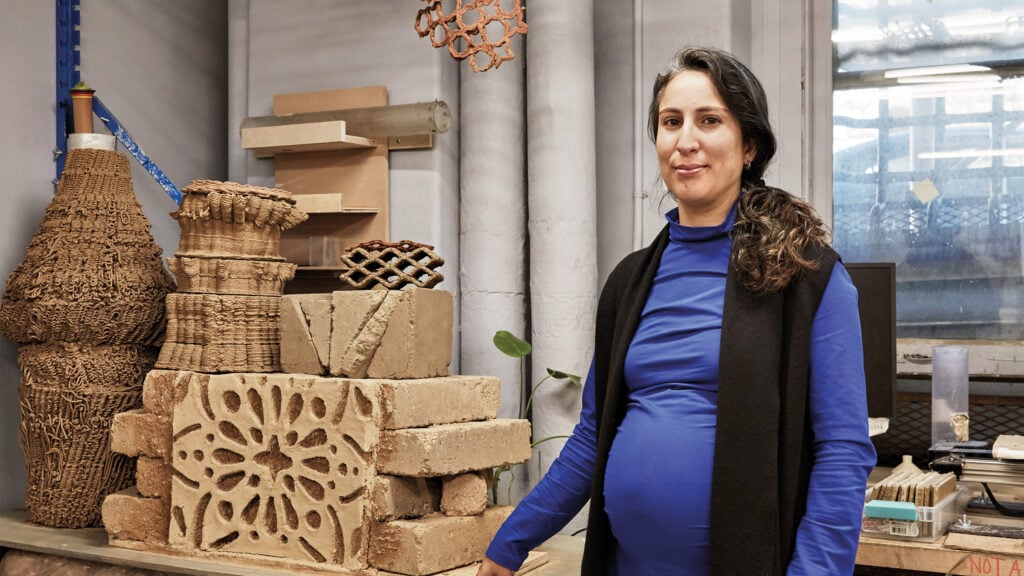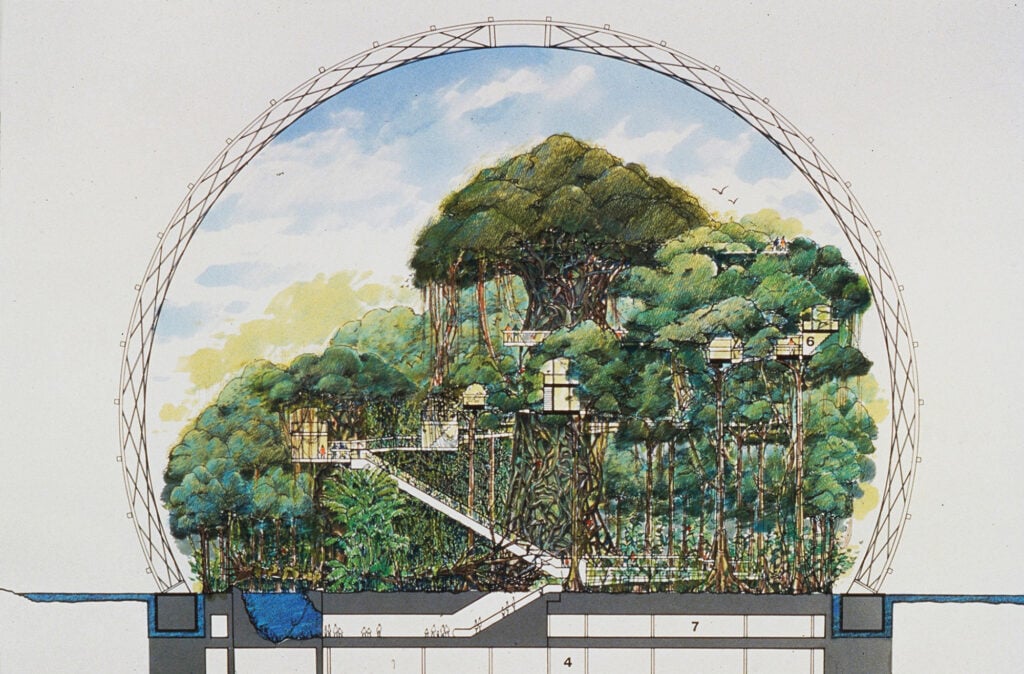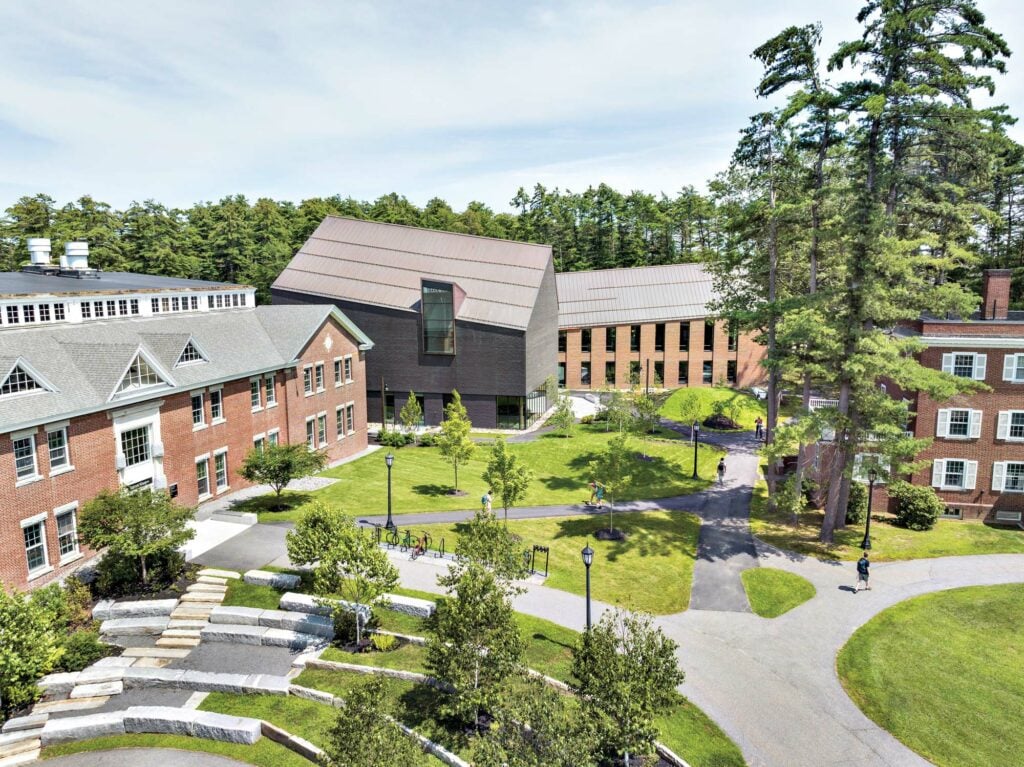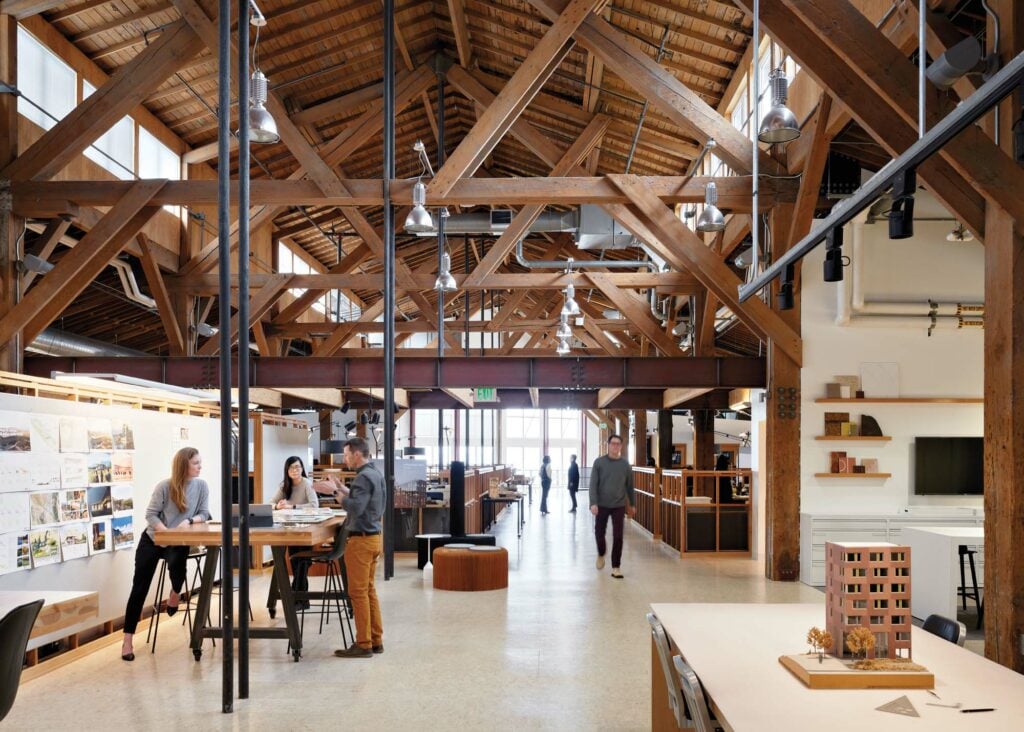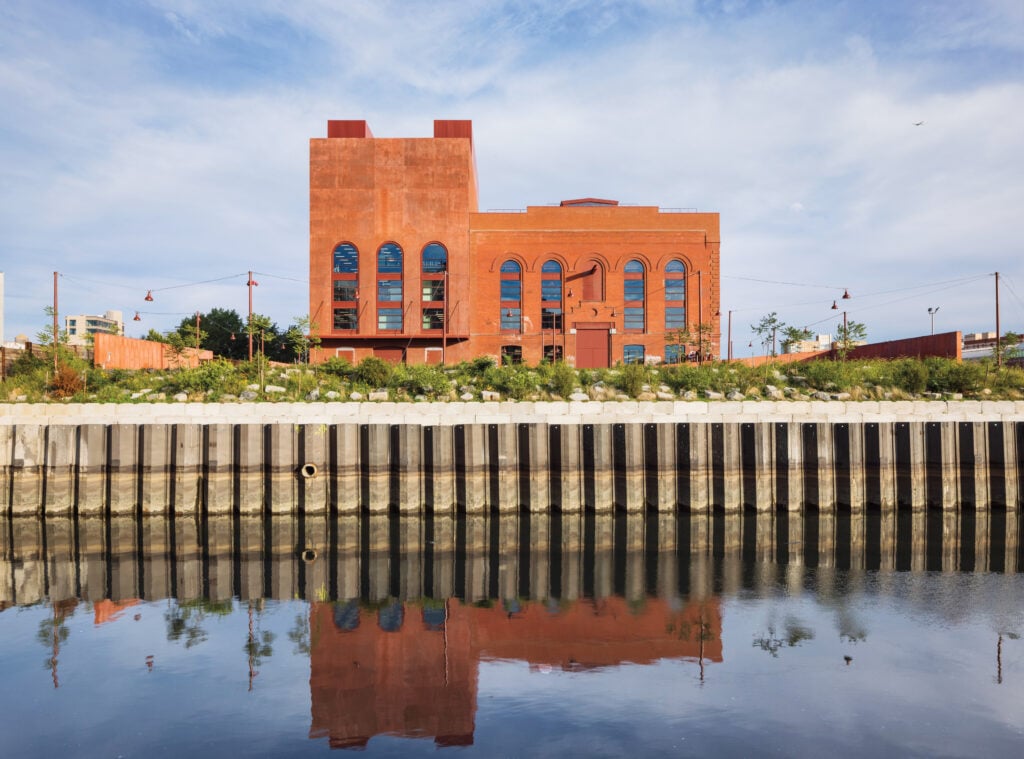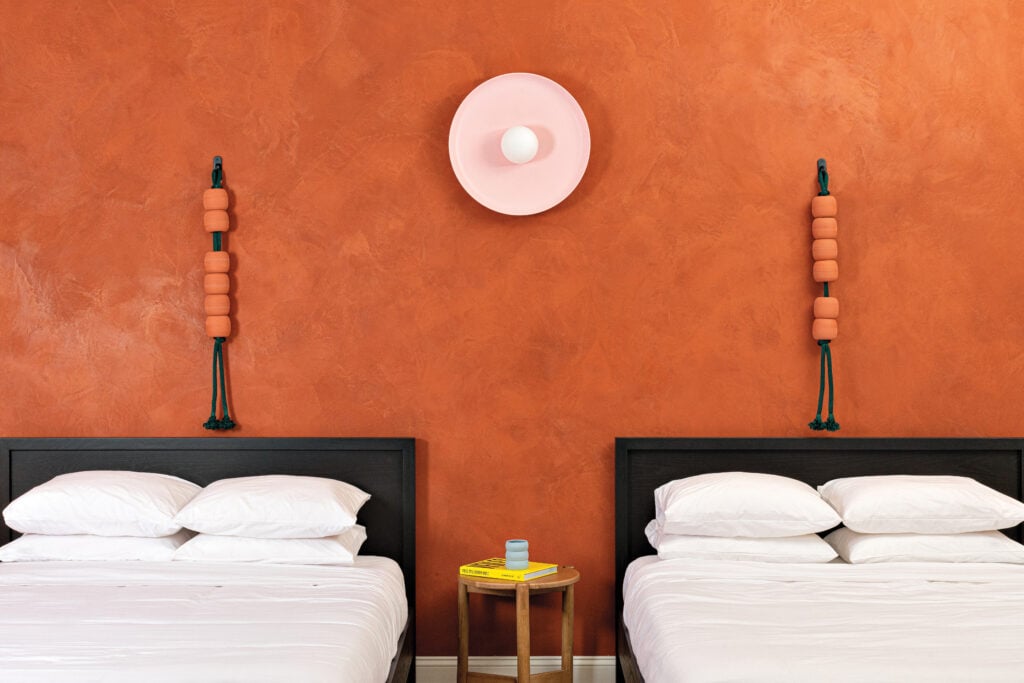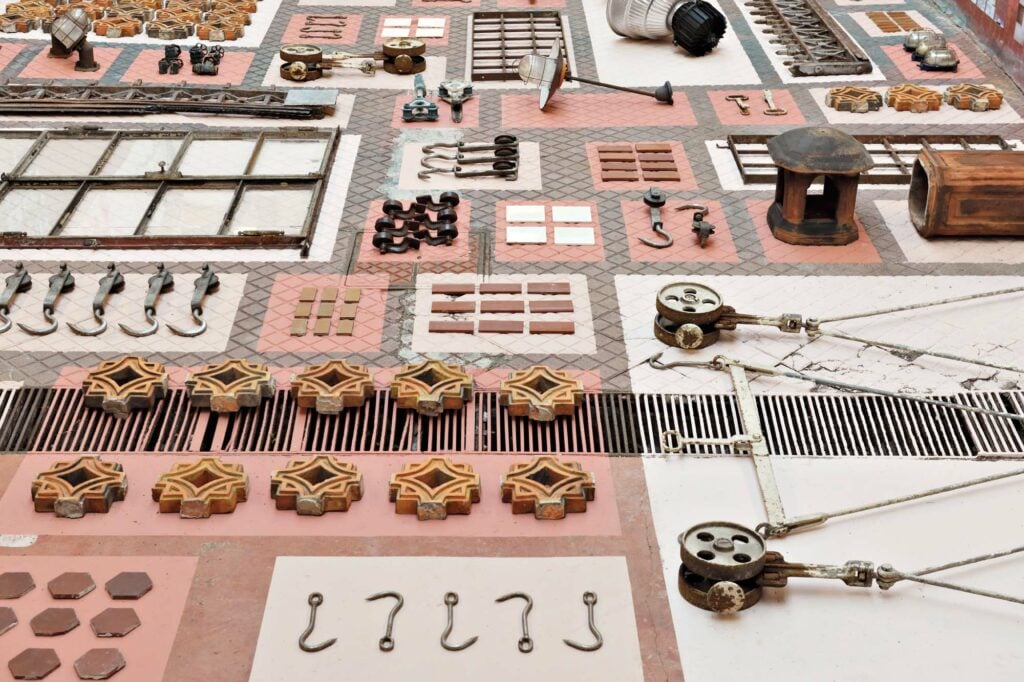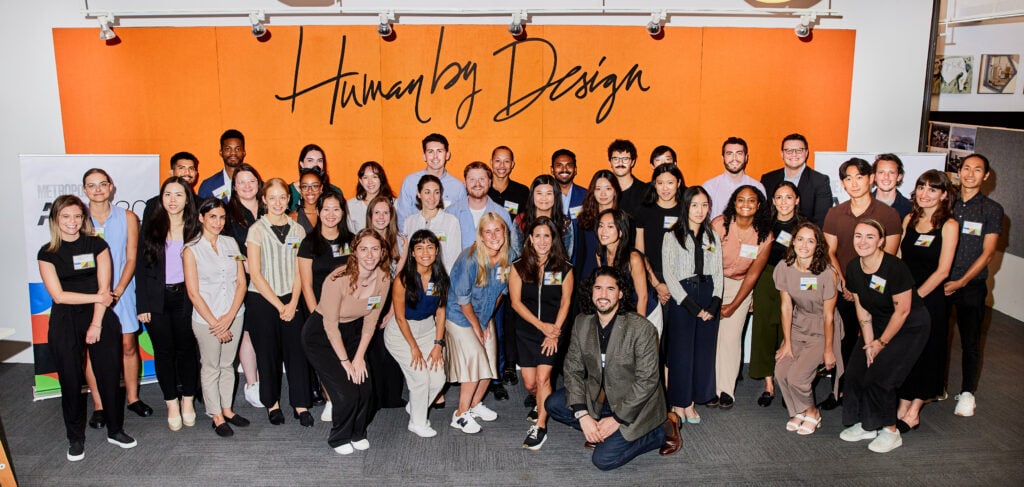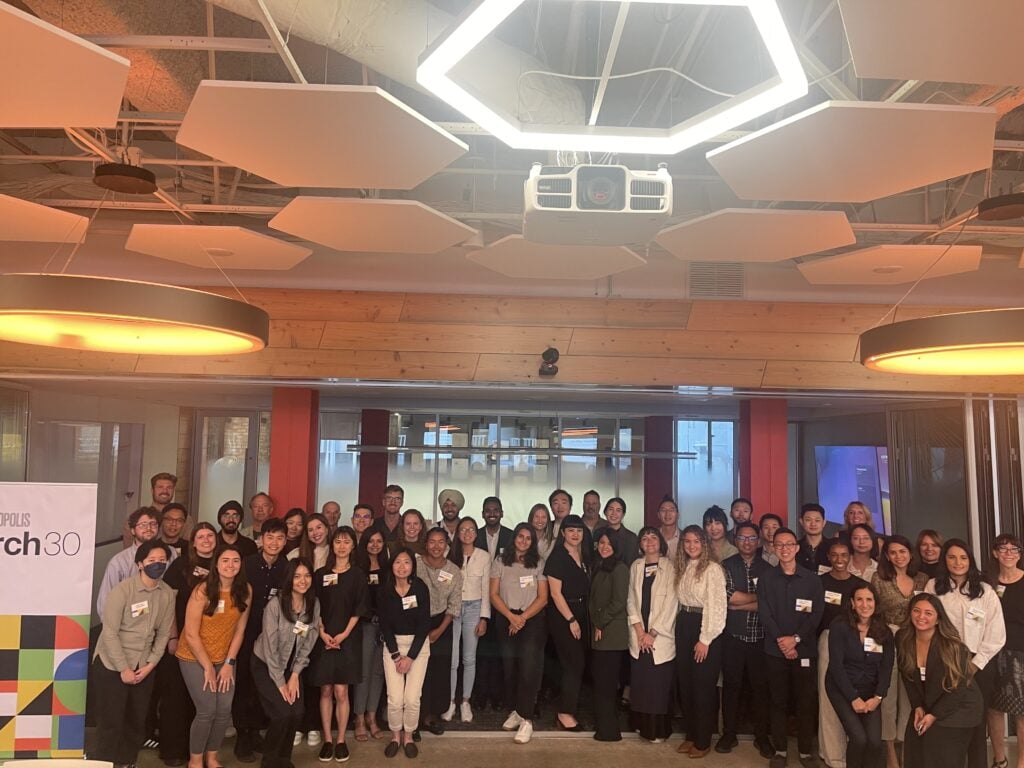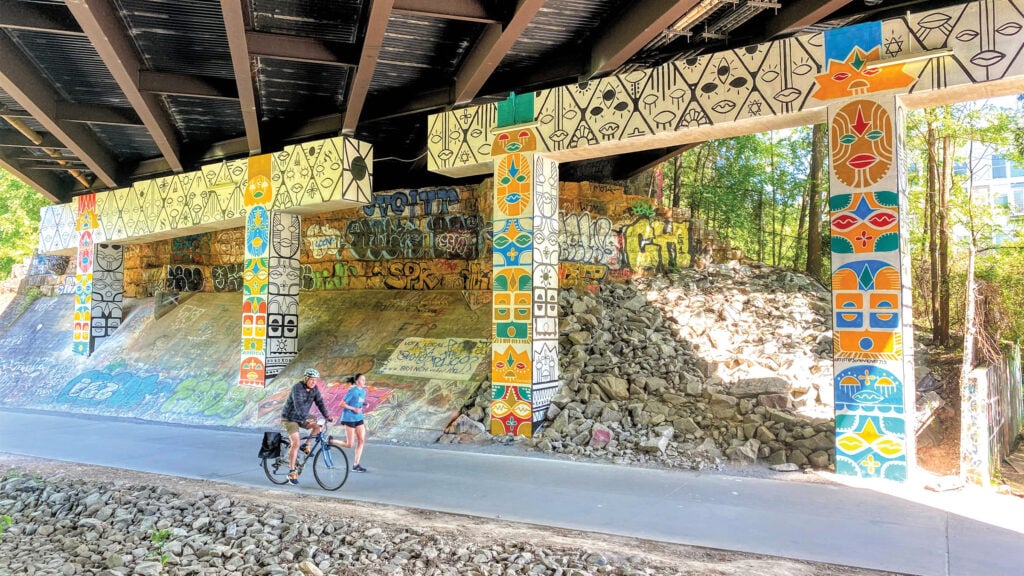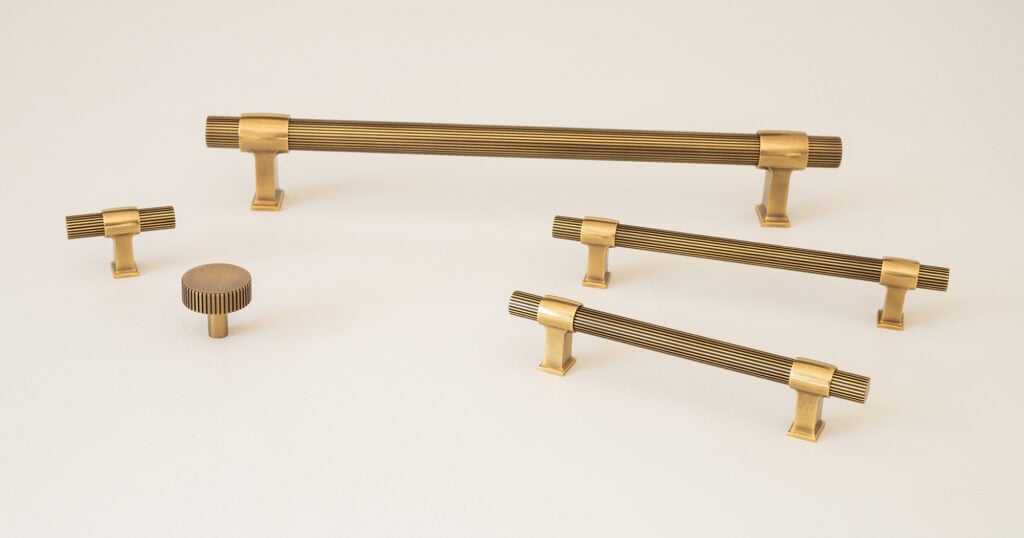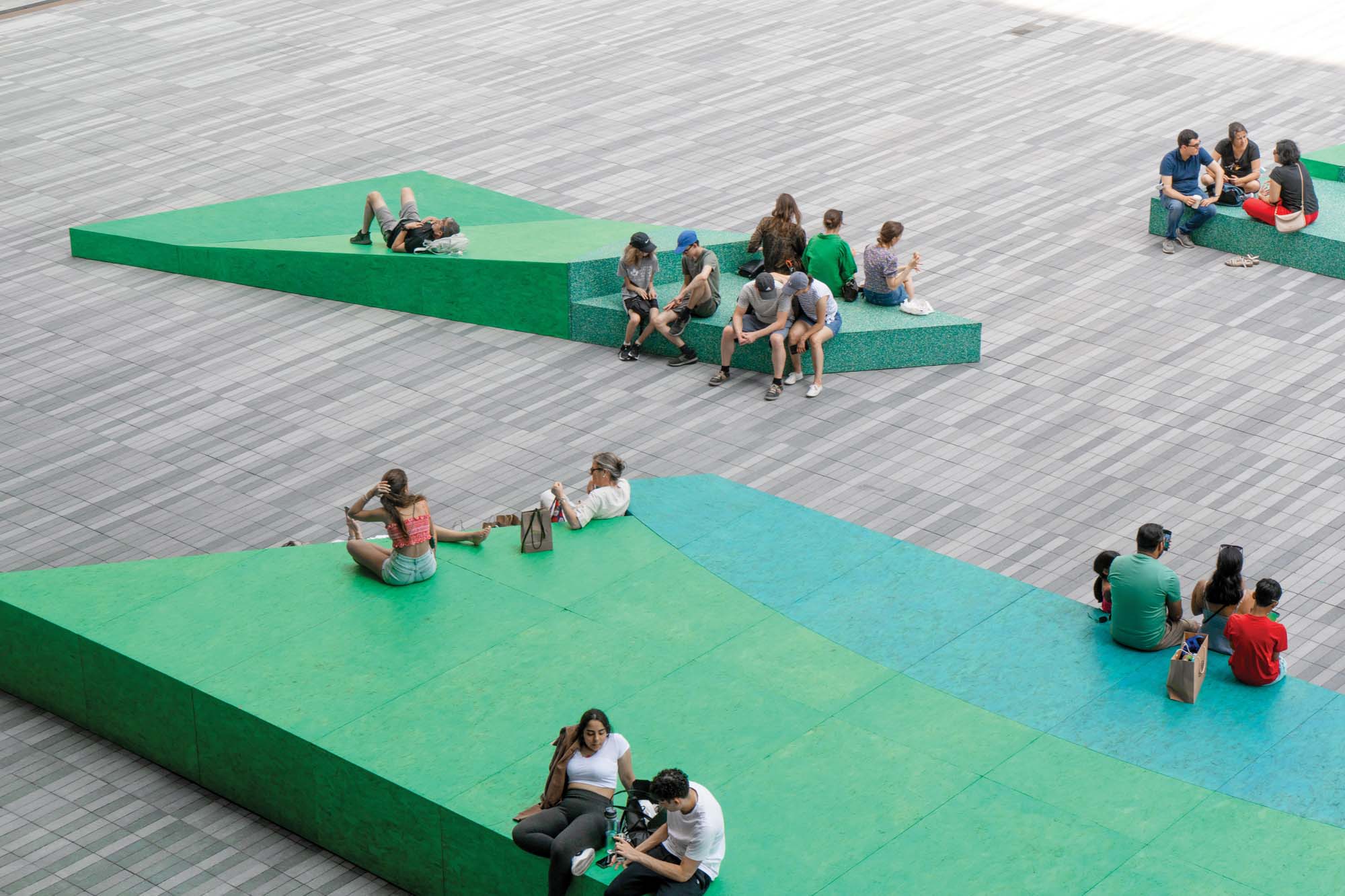
February 28, 2024
How Architects and Designers are Dreaming of a Different Way
“The continuous work of architects and designers is to do what we must, stand for what is right, and dream of a better way to build and live in harmony with one another and with nature.”
Avinash Rajagopal, METROPOLIS editor in chief
But what will be the tipping point with this and other fossil fuel–based or hazardous products and practices in our industry? There is still hope that one of the many alternatives we feature in this issue will catch on, and regulations might provide a necessary push. But it is certain the tipping point will never arrive if the industry doesn’t keep up the pressure to do better.
The work of researchers like Lola Ben-Alon (“Cooking with Clay”) is equally important in helping us make the switch from extractive to regenerative materials and building techniques. Ben-Alon is one of a new generation of architects and educators who are blending traditional wisdom and cutting-edge technology to shape the architecture of tomorrow.
In North America, this generation stands on the shoulders of architectural environmentalists like Phyllis Birkby, Stewart Brand, Lloyd Kahn, and Eugene Tssui, as well as the many Indigenous builders who in turn inspired those forebears (“The Missing Roots of American Environmentalism”).
Time and time again, we discover our errors and face tough choices. The continuous work of architects and designers is to do what we must, stand for what is right, and dream of a better way to build and live in harmony with one another and with nature.
Here are all the stories from the November/December 2023 issue:
Features
At All Scales
Events
Viewpoints
How Can We Chart a Sustainable Future for Interior Design?
Discover what leaders in the profession envisioned for the future of interior design when they gathered at the METROPOLIS Sustainability Lab this past June.
Programs
Take the Positive Impact Personality Quiz
The Positive Impact Personality Quiz will help you discover your passions and temperament for creating change through design.
Programs
METROPOLIS Honors its First Arch30 Cohort in New York
New York City’s brightest young architects working at the most influential firms gathered for the inaugural METROPOLIS Arch30 event last month.
Programs
METROPOLIS Celebrates the Arch30 San Francisco Cohort
San Francisco’s most promising emerging architects, affiliated with influential firms, convened for the second installment of METROPOLIS’s Arch30 event held last month.
Programs
METROPOLIS Celebrates the Arch30 Chicago Cohort
They city’s most promising emerging architects, affiliated with influential firms, convened for METROPOLIS’s Arch30 event held in November.
Would you like to comment on this article? Send your thoughts to: [email protected]
Latest
Projects
The Project That Remade Atlanta Is Still a Work in Progress
Atlanta’s Beltline becomes a transformative force—but as debates over transit and displacement grow, its future remains uncertain.
Profiles
WAI Architecture Think Tank Approaches Practice as Pedagogy
Nathalie Frankowski and Cruz García use their practice to help dismantle oppressive systems, forge resistance spaces, and reimagine collective futures.
Products
Functional Beauty: Hardware That Does More Than Look Good
Discover new standout pieces that marry form and function, offering both visual appeal and everyday practicality.





